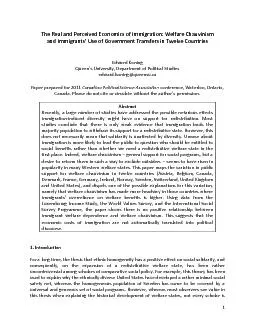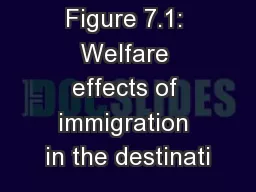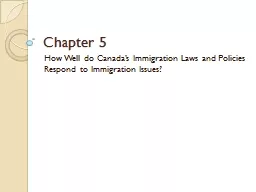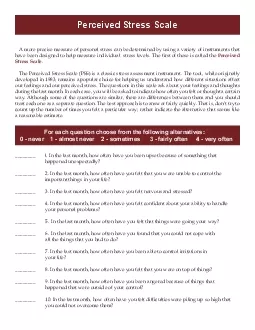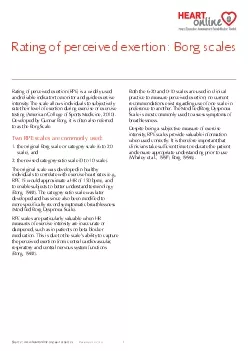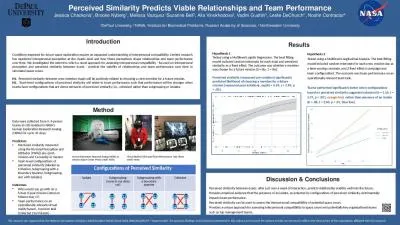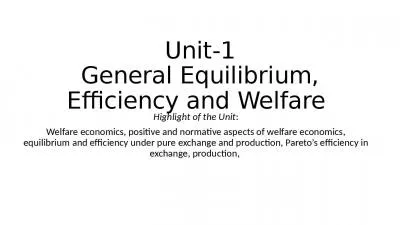PDF-The Real and Perceived Economics of Immigration Welfare Chauvinism hd in Twelve Countries
Author : yoshiko-marsland | Published Date : 2015-03-04
koningqueensuca Paper prepared for 2011 Canadian Political Science Association conference Waterloo Ontario 5736257602577185760257626576025820057347W Abstract Recently
Presentation Embed Code
Download Presentation
Download Presentation The PPT/PDF document "The Real and Perceived Economics of Immi..." is the property of its rightful owner. Permission is granted to download and print the materials on this website for personal, non-commercial use only, and to display it on your personal computer provided you do not modify the materials and that you retain all copyright notices contained in the materials. By downloading content from our website, you accept the terms of this agreement.
The Real and Perceived Economics of Immigration Welfare Chauvinism hd in Twelve Countries: Transcript
Download Rules Of Document
"The Real and Perceived Economics of Immigration Welfare Chauvinism hd in Twelve Countries"The content belongs to its owner. You may download and print it for personal use, without modification, and keep all copyright notices. By downloading, you agree to these terms.
Related Documents

